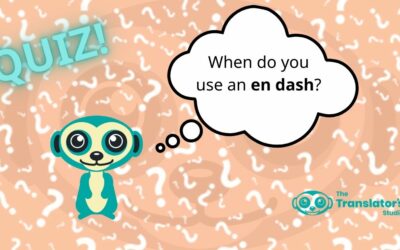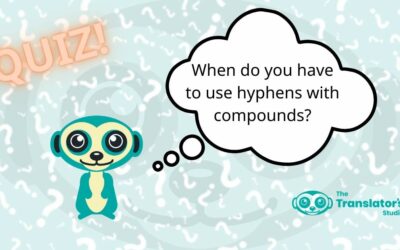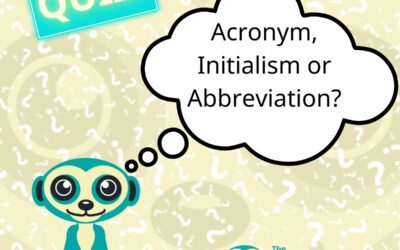As per the English Style Guide by the European Commission (May 2018), p. 52, section 11 Lists.
Note that style preferences on this vary widely depending on organisation, publication and country. For instance, BBC news uses the 24-hour clock. But the BBC TV guide combines the 24-hour clock with the lowercase-without-a-space approach.
Follow the Chicago Manual of Style.
Useful online app: Title Case Converter.
- Always capitalize the first and last word of the main title.
- Capitalize nouns, pronouns, verbs, adjectives, adverbs and subordinating conjunctions (as, because, which, that).
- Don’t capitalize articles, prepositions (except in phrasal verbs), or coordinating conjunctions.
Subheadings/subtitles use sentence case.
- If official translation exists, select from the following options, depending on the text and customer requirements:
– Leave Spanish title in, but capitalise and italicise as per EN convention. Offer official translations in round brackets capitalising and italicising as per EN convention.
– Remove Spanish and offer only official translation, capitalising and italicising as per EN convention.
- If no official translation exists, leave Spanish title in, but capitalise and italicise as per EN convention. Offer official translations in round brackets, capitalising and putting the title in inverted commas, as per Encyclopaedia Britannica.
EXCEPTION: Bibliographies. Long lists of titles. Instances when including a translation in brackets makes the text too heavy, e.g. in CVs. Consult the client.





0 Comments